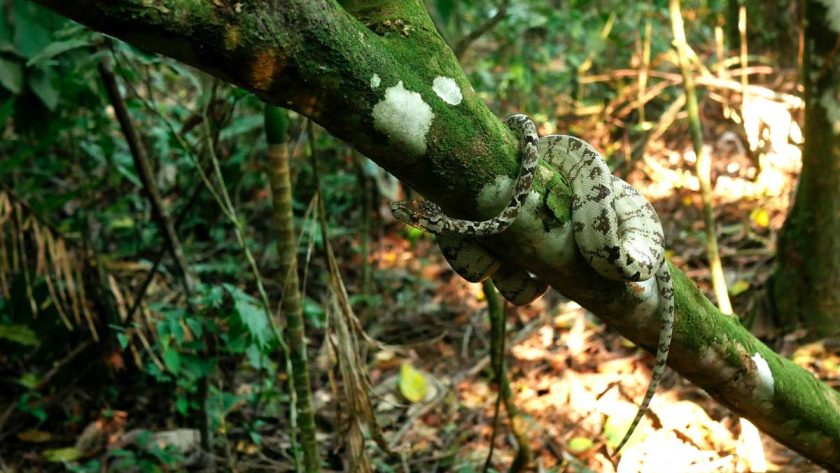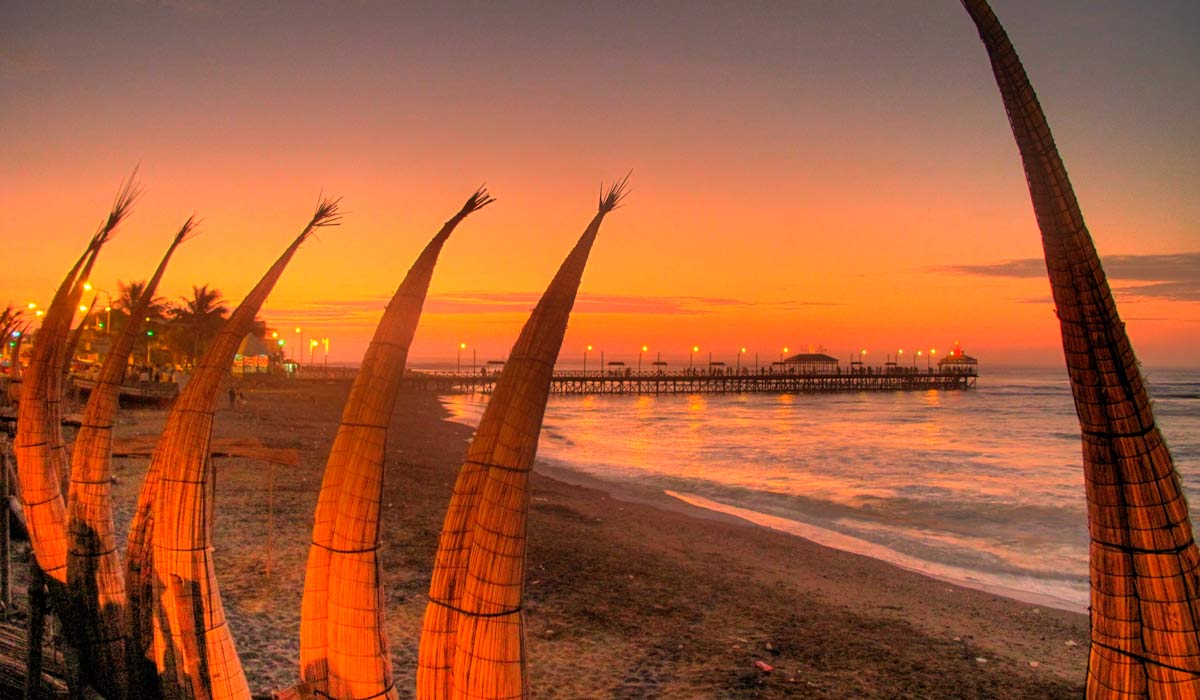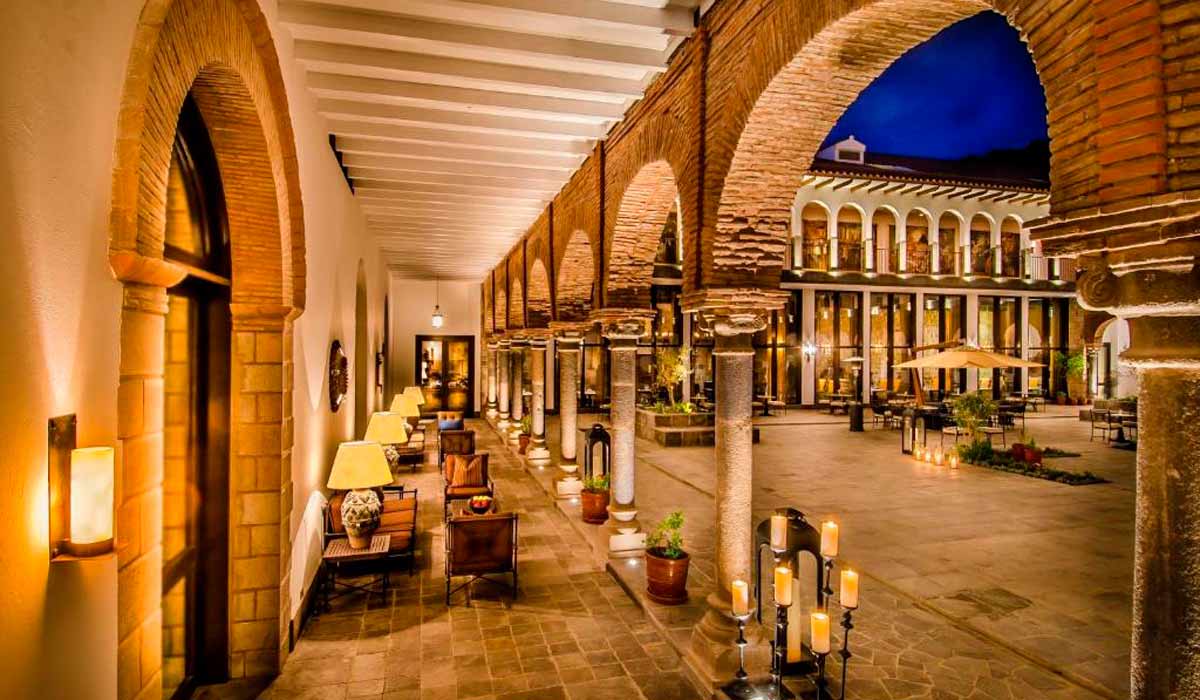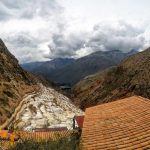This post is also available in:
 Español
Español
In total, Manu National Park is home to almost 2 million hectares of nature.
It is located on the western edge of the Amazon basin, in the departments of Cusco and Madre de Dios. It has been considered a Biosphere Reserve by UNESCO since 1977.
The tropical forests of Manu have allowed ecological and evolutionary processes to take place almost without the presence of man. However, in the area there is also an enormous cultural richness, represented by the current indigenous populations with different levels of contact with the outside world.
So, if you are considering taking a Manu National Park tour and you are wondering what makes the visit special, we tell you about it below, read on!
Flora
There are many plant species in Manu National Park. The various records indicate that there are at least 162 families; 1,191 genera and 4,385 identified species.
All this on a scenario of impressive diversity of vegetation, and is that in a single hectare of Manu have come to find up to 250 species of trees.
The aguajal forests are one of the most outstanding ecosystems, where the aguaje (Mauritia flexuosa) and huasaí (Euterpe precatoria) palms are the dominant species. They grow in areas that are almost permanently flooded, especially on the right bank of the Manu River.
There are also cedar, cético, tornillo, chestnut, lupuna and jebe trees.
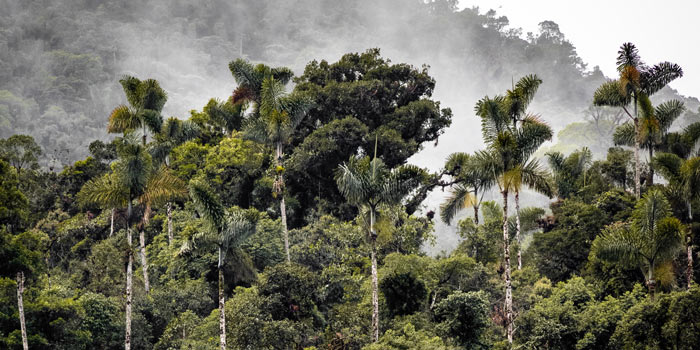
Fauna
Manu National Park is home to 222 species of mammals, 1005 species of birds, 155 species of amphibians and 132 species of reptiles 😱.
Among the large mammals are the jaguar, the black tiger, the tapir, the huangana, the peccary, the peccary, the guazo and the ashy deer. Half of them may not even be familiar to you, because they are not easily seen in other places. This is another reason why Manu National Park is so special 😉.
Also the river wolf, the ronsoco, the coto monkey, the black maquisapa, the choro monkey, the white machin monkey and the black machin monkey 🐒.
On the other hand, the number of insects in Manu National Park is estimated at about 30 species. More than 1,300 species of butterflies, 136 species of dragonflies, at least 300 species of ants (more than 40 species were found in a single tree) and more than 650 species of beetles have been recorded.
If you are interested, you can read more about the fauna in our post about the animals of Manu National Park.

Local indigenous communities
The tropical forests of Manu have allowed ecological and evolutionary processes to take place almost without the presence of man. However, there is also an enormous cultural wealth in the area, represented by the current indigenous populations in different levels of contact with the outside world, and an archaeological heritage not yet revealed in all its magnitude.
Within its borders are the Territorial Reserve of the Kugapakori and Nahua ethnic groups; the Megantoni National Sanctuary and the Amarakaeri Communal Reserve.
The Yora, Mashko-Piro, Matsiguenka, Harakmbut, Wachipaeri and Yine communities ancestrally inhabit the forests and rivers of these jungles. The Tayakome and Yomibato communities are also well known in the area. Both are located in the upper reaches of the Manu River.
In the southwestern sector, there is a farmers’ association known as Callanga. In addition, in the northwestern sector adjacent to Manu National Park, and in the interior, there are an undetermined number of indigenous populations in voluntary isolation.
World Heritage Site
It is located in the basin of the Manu River, in the regions of Cusco and Madre de Dios. It is a protected natural area that houses an exquisite biodiversity recognized worldwide and protected from human impact.
The park not only protects all the fauna and flora, but also the cultural values expressed in the forms of human occupation adapted to the environment in this part of the Amazon developed by native peoples for centuries.
Many of these communities have not even had contact with the world beyond their territories in the Amazon.
As you can see, Manu National Park is a very interesting place to visit, both for its flora and fauna, as well as for the culture offered by the indigenous peoples that are established there.
We recommend 100% the visit to this wonderful place, both for the most adventurous people as well as to spend a few pleasant days in nature breathing the peace and tranquility of nature in one of its purest states.
How many times in life will we be able to live a moment like this in a place like this? 💚

